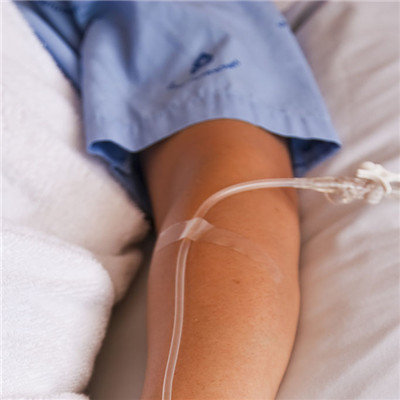Symptoms of mild aplastic anemia
summary
Aplastic anemia, referred to as aplastic anemia, is a group of bone marrow hematopoietic failure syndrome caused by a variety of causes. It is characterized by decreased proliferation of bone marrow hematopoietic cells and peripheral blood pancytopenia. Anemia, bleeding and infection are the main clinical manifestations. The exact cause of aplastic anemia is not clear. The pathogenesis of aplastic anemia may be related to chemical drugs, radiation, virus infection and genetic factors. Symptoms of mild aplastic anemia? Let's talk about it
Symptoms of mild aplastic anemia
Bleeding: acute and severe cases have varying degrees of skin, mucous membrane and visceral bleeding. Skin performance for bleeding or large ecchymosis, oral mucosa with blood bubbles, epistaxis, gingival blood, conjunctival bleeding, etc. Deep organs visible hematemesis, hemoptysis, hematochezia, hematuria, female vaginal bleeding, followed by fundus hemorrhage and intracranial hemorrhage, the latter often endanger the lives of patients. The bleeding tendency of mild cases was mild, mainly skin and mucous membrane bleeding, and visceral bleeding was rare.

Infection: respiratory tract infection is the most common, more common in pneumonia, followed by digestive tract, genitourinary tract and skin mucous membrane infection. The worse the patient's constitution, the more severe the infection. Most patients with acute or severe infection have fever, and their body temperature is above 39 ℃.

Anemia: dizziness, tinnitus, headache, insomnia, dreaminess, memory loss, inattention, etc., pale skin and mucous membrane, shortness of breath or dyspnea, accelerated heart rate, abdominal fullness, loss of appetite, change of stool regularity and character, etc.

matters needing attention
The purpose of supportive treatment is to prevent and treat the complications related to hemocytopenia; The target treatment is to supplement and replace the extremely reduced and damaged hematopoietic stem cells, such as allogeneic hematopoietic stem cell transplantation or immunosuppressive therapy. Intensive immunosuppressive therapy is the first choice for severe aplastic anemia patients aged 40 years without HLA matched sibling donors. Non severe aplastic anemia can be treated with androgen and cyclosporine.














